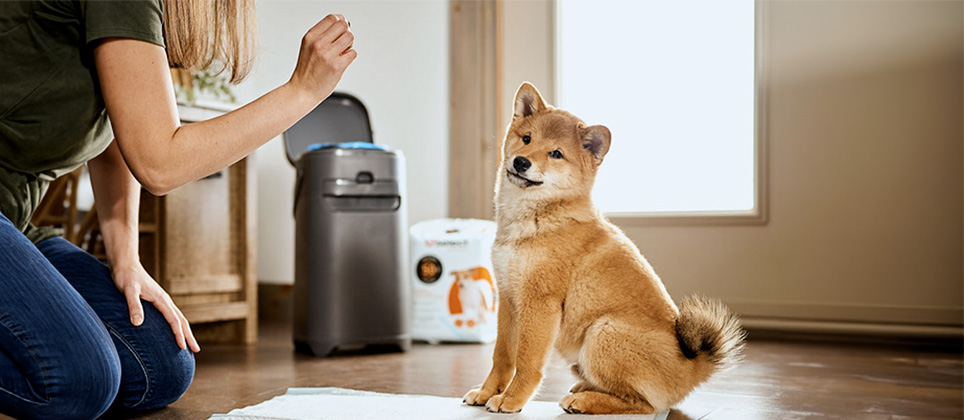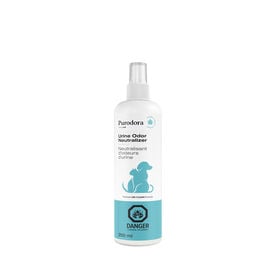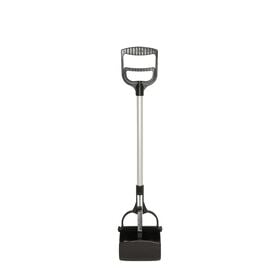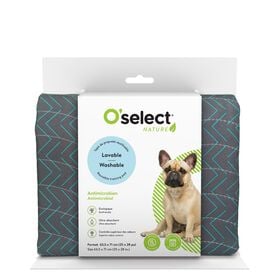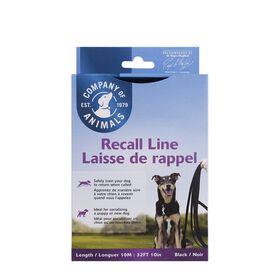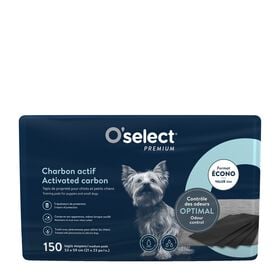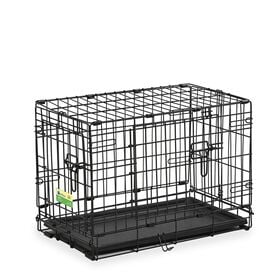When you adopt a dog, potty training becomes a top priority. Here are my top tips to help you house train the newest member of your family.
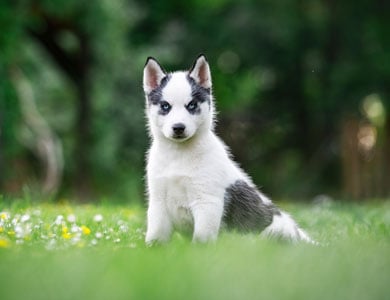
Establish a routine
A stable routine is the best way to facilitate potty training and to prevent accidents. You also need to understand when your puppy will most likely need to go. This means you might have to get up in the middle of the night during the first few days.
Important:
- On average, a puppy urinates 8 to 12 times a day and defecates 2 to 5 times a day.
- Observe your puppy and be aware that there are certain times of the day they will most likely need to relieve themselves (first thing in the morning, after mealtimes, after playtime, when you return from the office, last thing at night).
- Use a pen and paper or an app to keep track of when your puppy has relieved themselves, even if it was an accident. By tracking their routine, you’ll have a good idea of when they’ll need to go. This will also help prevent accidents.
Also read : There's a new pup in the house!
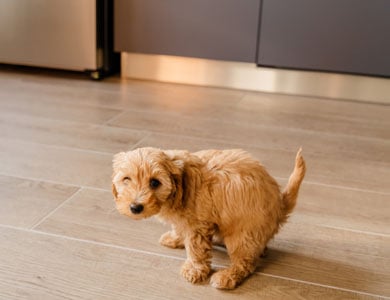
Tag along with your puppy
When you bring your puppy home for the first time, don’t head inside. Instead, walk with them outdoors so they can do their business. It’s very important for you to be with your puppy when they go because you can then reward them at the right time with positive reinforcement or even a treat.
Tips
- You might want to keep your puppy on a leash to prevent them from getting too far from you, especially if they’re curious or have trouble focusing. Even if your yard is fenced in.
- Avoid stimulating your puppy when they need to do their business. Don’t play with them and don’t speak to them before they’ve relieved themselves.
- Don’t stay outdoors too long waiting for your puppy to do their business.
Create an environment that limits the risks of accidents
Accidents are a normal part of the potty training process. They will happen. But don’t worry, they don’t necessarily mean your puppy will take longer to become house broken.
Tips
- Restrict the area your puppy has access to by closing doors or blocking stairs with dog gates. This will help you keep a close eye on your puppy.
- Keep your puppy in a room, an enclosure, or a cage when you’re not able to watch over them. That will help limit the risks of accidents.
- Keep in mind that your puppy can hold their bladder for one hour for every month of age, plus one hour. For instance, a three-month-old puppy might be able to hold their bladder for about four hours.
- If your dog does its business in the wrong place, remove the feces promptly, but without your dog seeing you do it. This is especially important in order to prevent your dog from imitating you and perhaps developing a problem with coprophagia (eating its own feces).
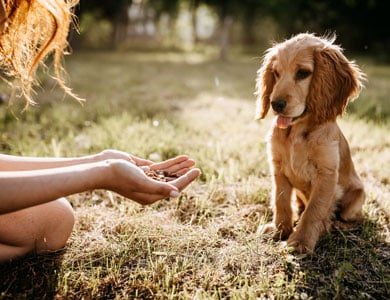
Communicate, communicate, communicate
Communication is the key to successful potty training.
You should know:
- Punishing your puppy is the worst way to help them become potty trained. Verbally berating your puppy who has an accident is useless. They won’t understand what they’ve done wrong and might even start hiding when doing their business.
- The most important step is to pick a keyword that your puppy will associate with the action of doing their business. For instance, you might say the word “toilet” in an upbeat way every time they’ve relieved themselves in the right spot. After a while, you might be able to tell your puppy to go to the “toilet”.
- A reward is important to help your puppy understand they’ve done something right. You can offer them a treat or a toy or simply signal your approval with some positive reinforcement.
Also read: Dog Crate Usage: Safety Tips and Guidelines

Indoor potty training
If you’ve adopted a small dog or if the weather is bad, you can allow your puppy to do their business inside – but only in a specific area of your home. There are a few rules to follow to avoid turning your entire home into a giant toilet.
Steps:
- Choose a specific spot in your home where your puppy is authorized to do their business. This will prevent them from relieving themselves anywhere else.
- Choose a space that isn’t always accessible. This will help teach your puppy to hold their bladder. You can use a closed room or an enclosure and open the door only when your puppy needs to go.
- Cover a large area with puppy pads, 4 to 6 depending on the size of your pet, to prevent spillovers.
There you have it! Follow these steps and potty training will be a breeze!
